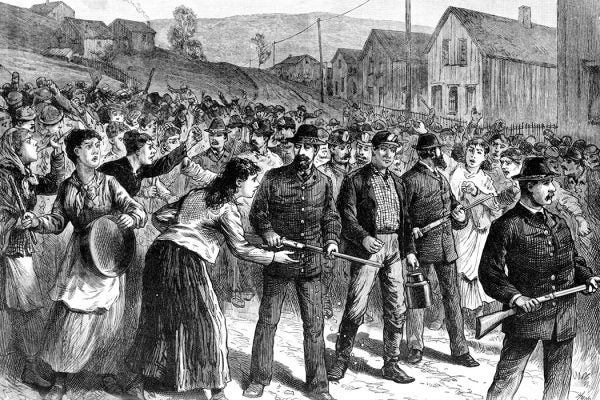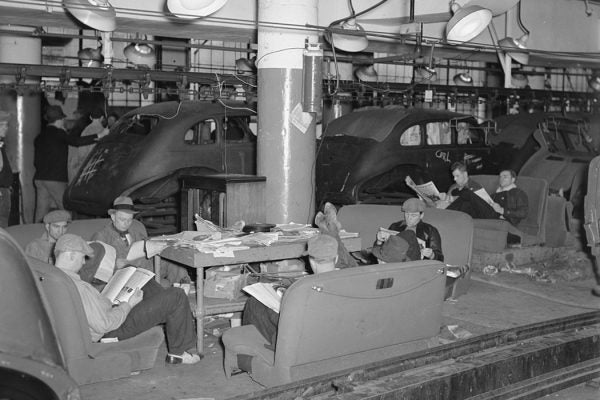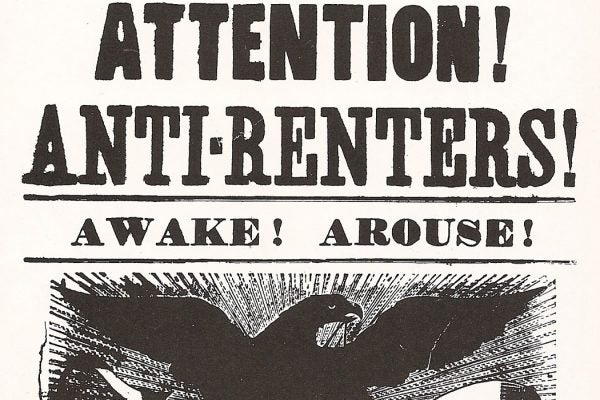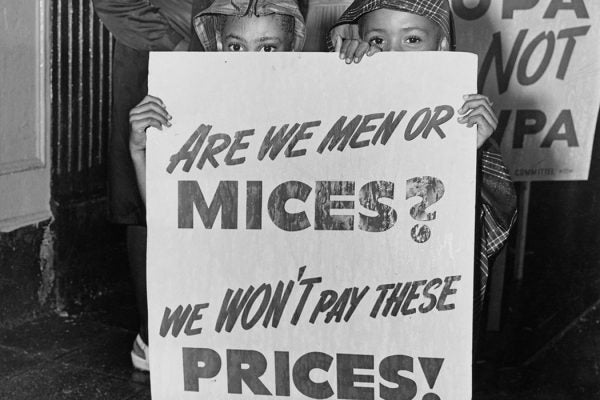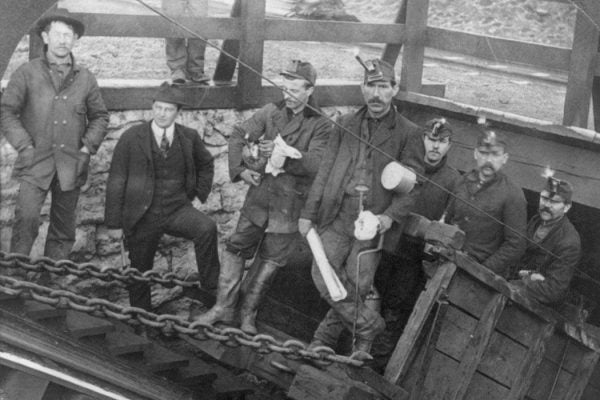How Steelworkers Stopped a Paramilitary Movement
Despite failing to break the Homestead Strike in 1892, the Pinkerton Agency demonstrated the extralegal threat paramilitary agencies created for Americans.
Ford’s Striking Dagenham Women
The women sewing machinists of the Dagenham plant received a raise after they went on strike against Ford. But was this a victory?
American Vigilantism
In the early 20th century, labor unrest and strike breaking were done not by the government, by private agencies and self-appointed vigilantes.
The Flint Sit-Down Strike, From the Inside
Americans in "The Great Resignation" and "Strikevember" are the heirs of the 1936-1937 sit-down strike by auto workers in Flint, Michigan.
The Lettuce Workers Strike of 1930
Uniting for better wages and working conditions, a remarkably diverse coalition of laborers faced off against agribusiness.
Rural Rent Wars of the 1840s
Anti-rent rebellions in New York State helped to shatter the two-party political system in the nineteenth century.
Rent Strikes Aren’t Just About Rent
A wave of rent strikes in the 1960s showed that poor residents of New York City had deep concerns about housing. The media, however, focused on big rats.
The Curious Character Who First Called For a General Strike
The idea of a general strike is to shut down all but essential services in a city, region, or nation. America has had its share. A Briton invented the idea.
The Rise and Fall of Coal Miners’ Unions
The origin of coal miners’ unions during the late nineteenth century.


